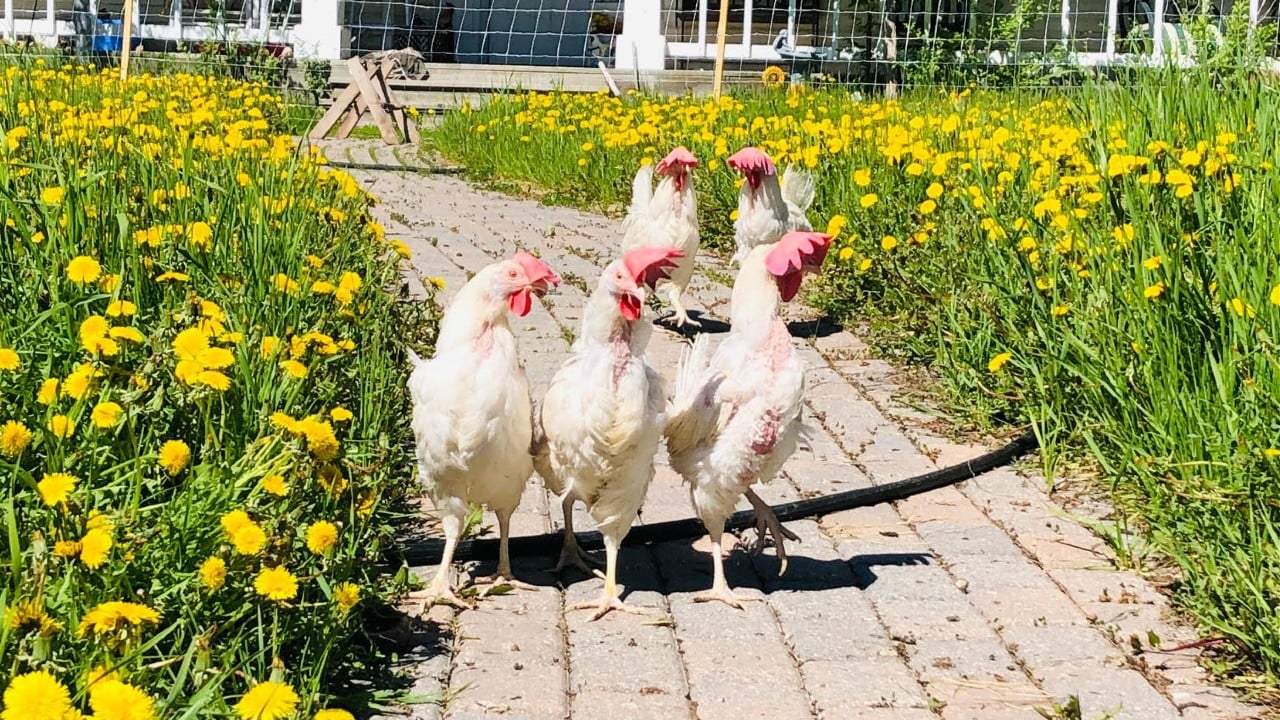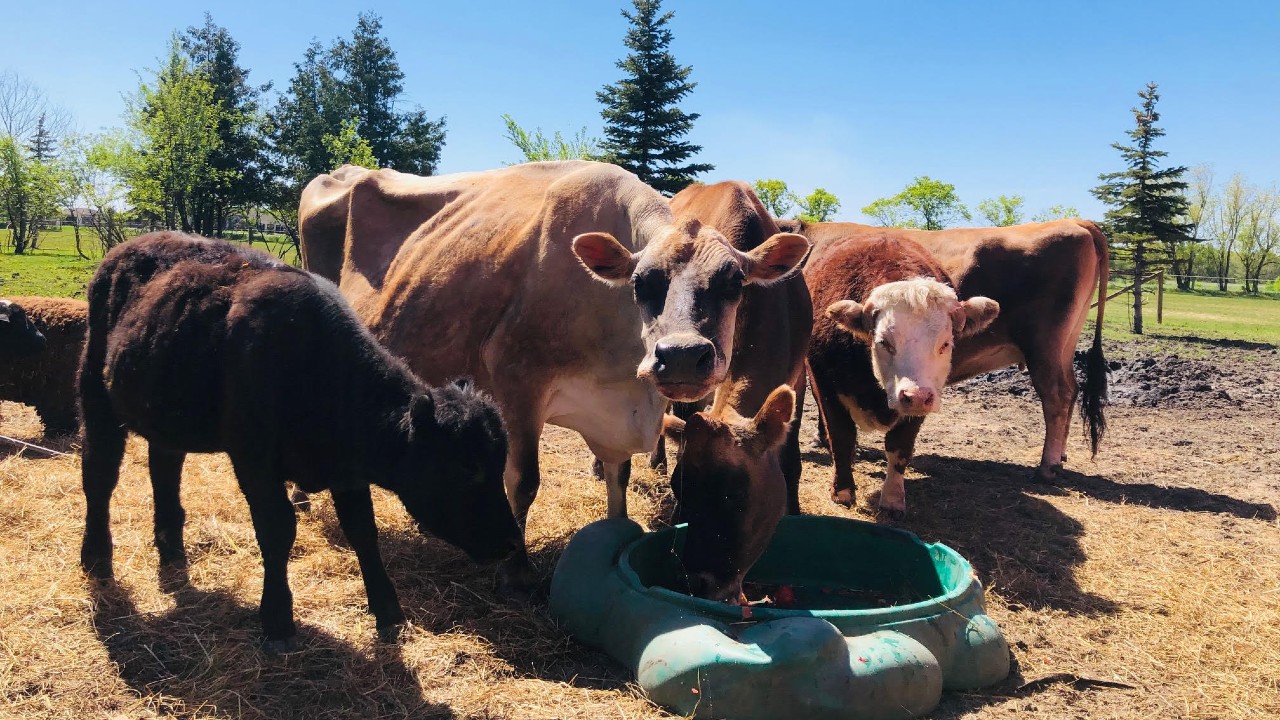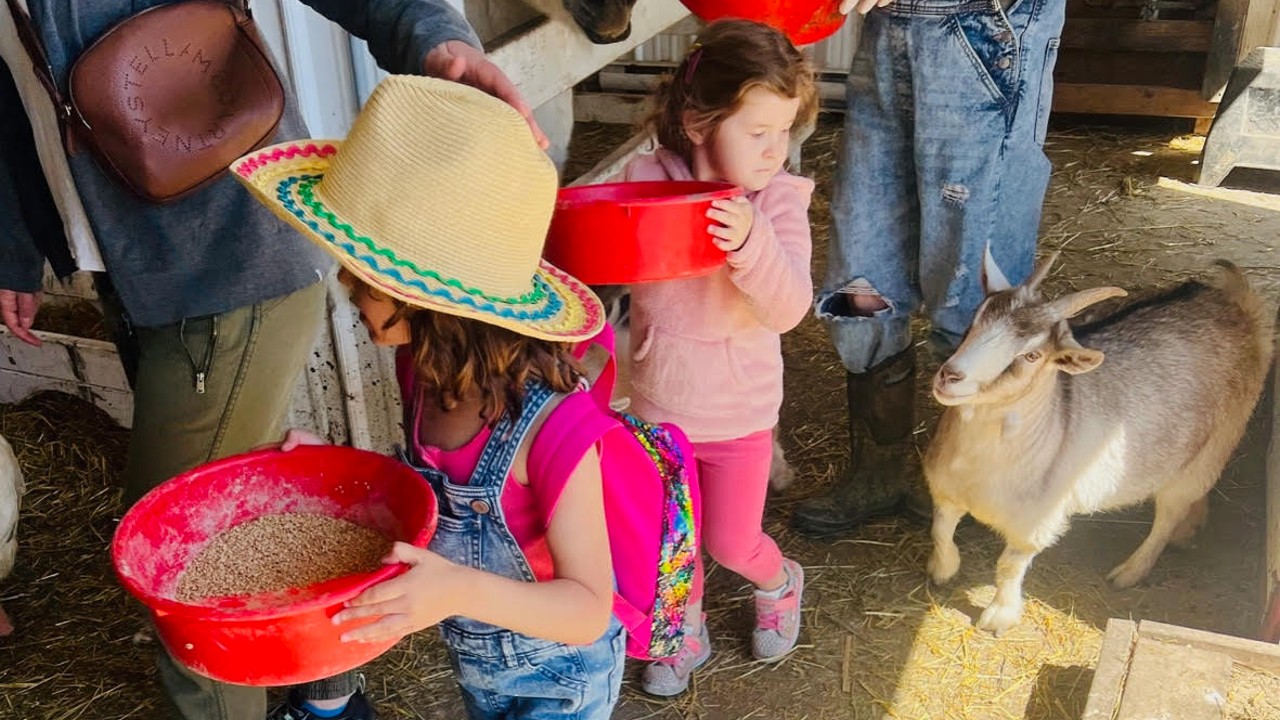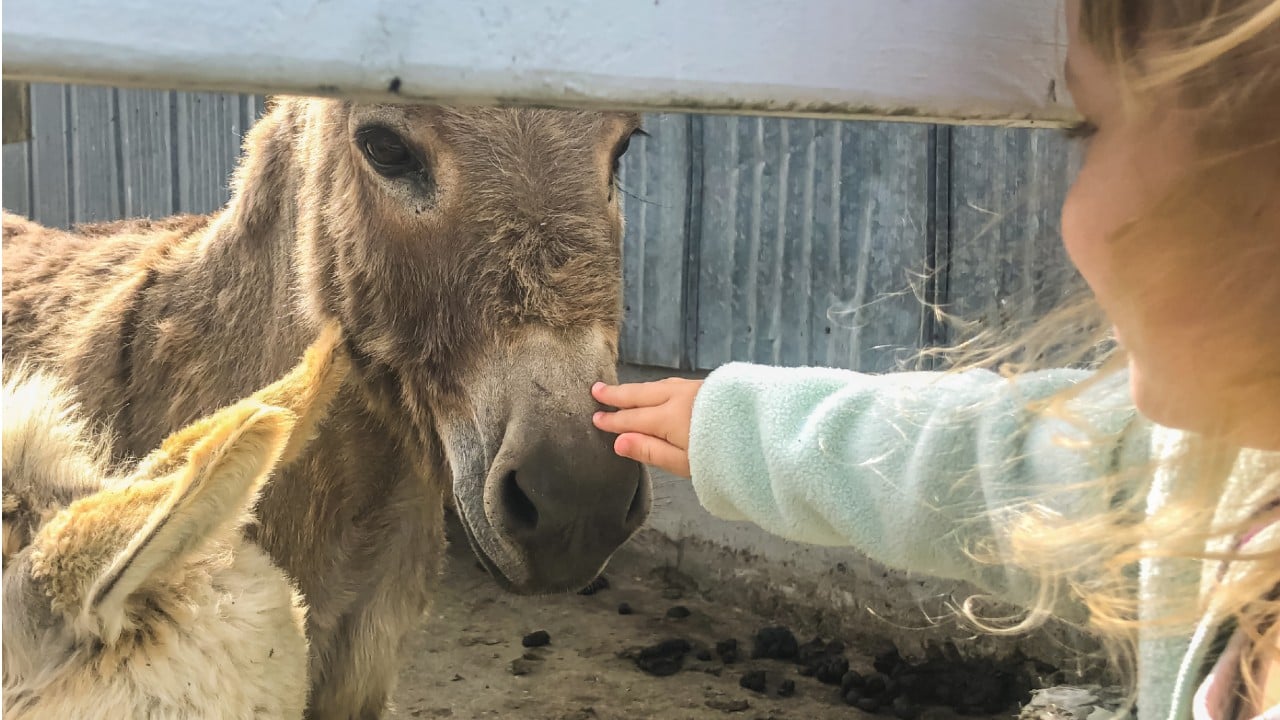I’m sorry to inform you that those fuzzy little piglets and woolly little lambs lead shitty little lives.
When my daughter started kindergarten, I knew the day would come when I would get an email about an upcoming field trip to the zoo or a petting farm. I definitely felt some trepidation—not wanting to be that mom who causes a scene—but I was ready to take the opportunity to respond. I certainly remember visiting the zoo with my class as a kid, being told it was an educational experience whilst I stifled my discomfort seeing animals in cages. It would have been odd back then to opt out of animal-based field trips due to some unnamed uneasiness. Today though, things are a bit different, and now as a parent I am able to respond to that email with, “My daughter will not be attending the field trip to the petting farm. Here’s why . . .”
Of course most children love animals. They are drawn to them, especially the adorable baby ones, and they love learning all about the creatures of the world. Even as an adult, who doesn’t love cuddling with furry friends? But in addition to all the fun, the idea behind animal-based field trips is to educate children and to build interest and compassion toward animals. So some may think that by pulling my child out of such experiences I am hindering her chance to learn. But I see it as a chance to teach.
That’s because in our family we see animals a little differently, and our family values require us to tread a little lighter. We don’t believe it is right to hold wild animals captive in zoos or aquariums, nor to treat farmed animals as toys to be played with and exploited. Animals are not tools of education or entertainment, but rather sentient beings with whom we share this planet; animals are parents too, with babies to protect and families they’d rather spend their time with instead of being manhandled by our kids.
And besides, research shows that interacting with animals in captivity isn’t even that educational. A study published in the journal Conservation Biology, surveyed 2,800 children aged 7-15, after a visit to the London Zoo. The researchers found that 66 percent of children showed no indication of learning anything new about animals or conservation after their unguided tour of the exhibits. The animals, meanwhile, are stuck there, many unable to engage in natural behaviours, some suffering from zoochosis, all due to this false notion of zoos being necessary spaces of learning. Don’t be fooled: The main purpose of zoos is to entertain a paying public.

Photo: Courtesy of Jessica Scott-Reid
Similarly, it is difficult to justify handling baby chicks, riding a pony or watching a sheep get sheared as a means of education. And even if it was, is it worth it? Rescuers of animals from petting farms report that after their summer on the farm these animals are often stressed, anxious and highly fearful of being handled by humans. Petting farms by their very nature are not places of animal care. Like zoos, they are money makers, existing only for entertainment and profit. Thus the level of care is based purely on economics. Feed quality is often low, enclosures are small to ensure kids can access the animals, and rarely are shelters provided so that animals can get away from the sun and from all those kids. Legal regulations for petting farms are typically limited to public health rather than animal welfare. Outbreaks of dangerous diseases such as E.coli have been reported at petting farms in the past. Ultimately, petting farms are, as one rescuer once described to me, simply a stressful pitstop for animals en-route to the slaughterhouse.
And what do these experiences really teach our children? That animals are here for us, to do with as we please and to walk away from once finished with—not unlike that toy they lose interest in five minutes after we bought it.

Photo: Courtesy of Jessica Scott-Reid
Believe it or not, animals actually exist for their own purposes. They have their own lives, their own wants and their own needs—now that’s the kind of education I want for my child! Thankfully, there is a type of place where these important lessons are taught, and it’s not on a farm or in a zoo. It’s at a sanctuary.
Animal sanctuaries are different. They put the animals’ needs and welfare first. If an animal doesn’t want to be picked up or petted or bothered by children that day, they don’t have to. Sanctuary animals are also often rescued from dire situations (including petting farms), are never bred, and they will not be slaughtered once they grow too big or when they’re no longer deemed useful. Nor do sanctuary animals ever risk being euthanized if there is no longer room for them.
So instead of spending the day with her class at the petting farm, my daughter and I, and another like-minded family went to our local farmed animal sanctuary. There we helped feed animals, clean stalls and even felt the kick of a calf inside the belly of a recently rescued dairy cow. We learned the calf would be the first baby Daisy the cow would be allowed to keep, after having several taken away from her on the dairy farm. My daughter loved her time at the sanctuary, where she was still able to pet the animals who were up for it that day. She also loved returning to school to tell her classmates all about it.

Photo: Courtesy of Jessica Scott-Reid
Sanctuaries offer these kinds of experiences and lessons regarding animals and compassion that I am sure many parents would actually want for their children, and that children too would appreciate. In fact one study published this year found that children in the UK aged 9-11 were more likely to believe “farm animals should be treated the same as people and pets, and think eating animals is less morally acceptable than adults do.”
Though field trips to zoos and farms remain fairly common, thankfully attitudes towards animal captivity and exploitation are evolving. When I replied to my daughter’s school suggesting a trip to the animal sanctuary may be a better option for next year, the staff were receptive and asked for more information. I think I’ll send them this story.
